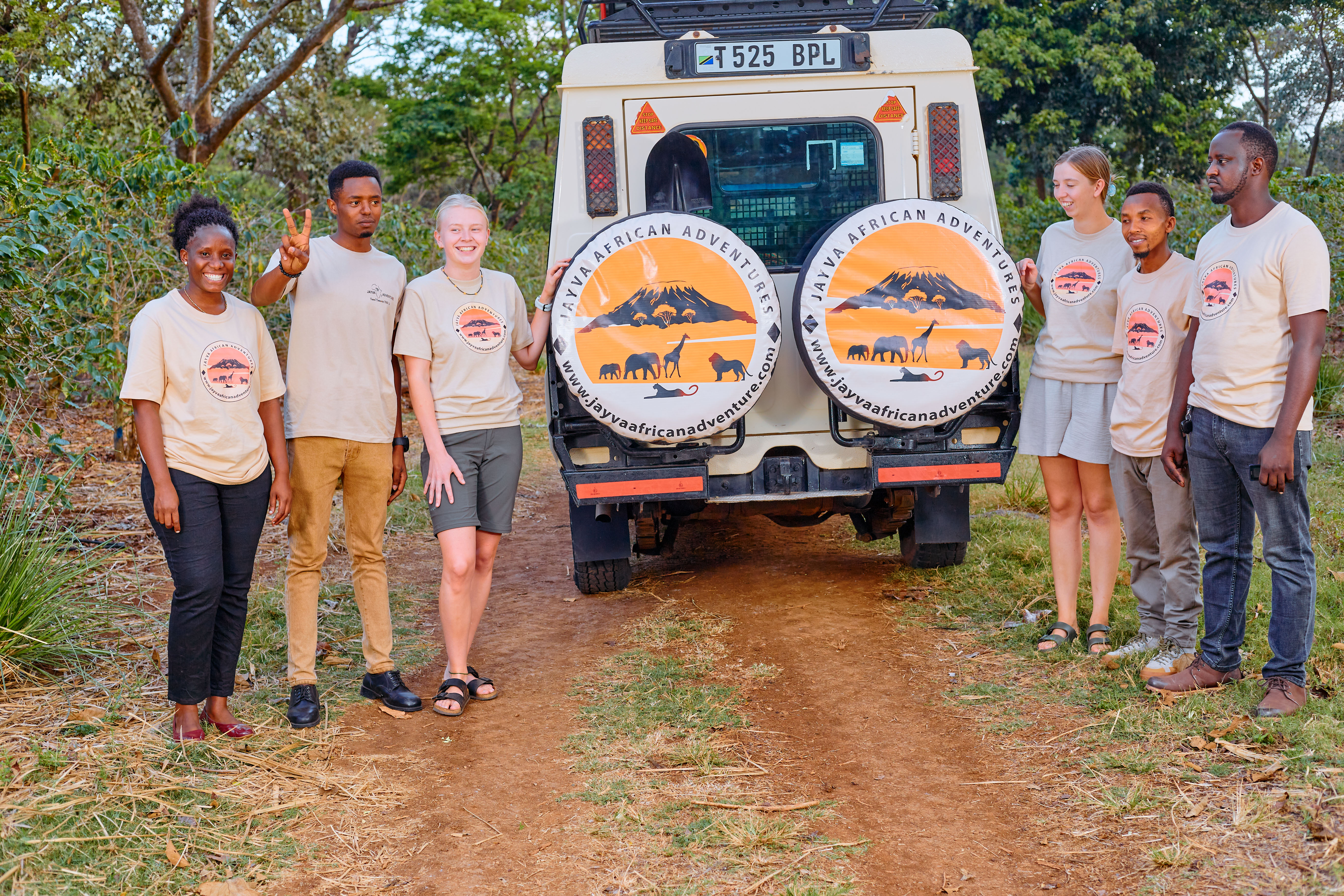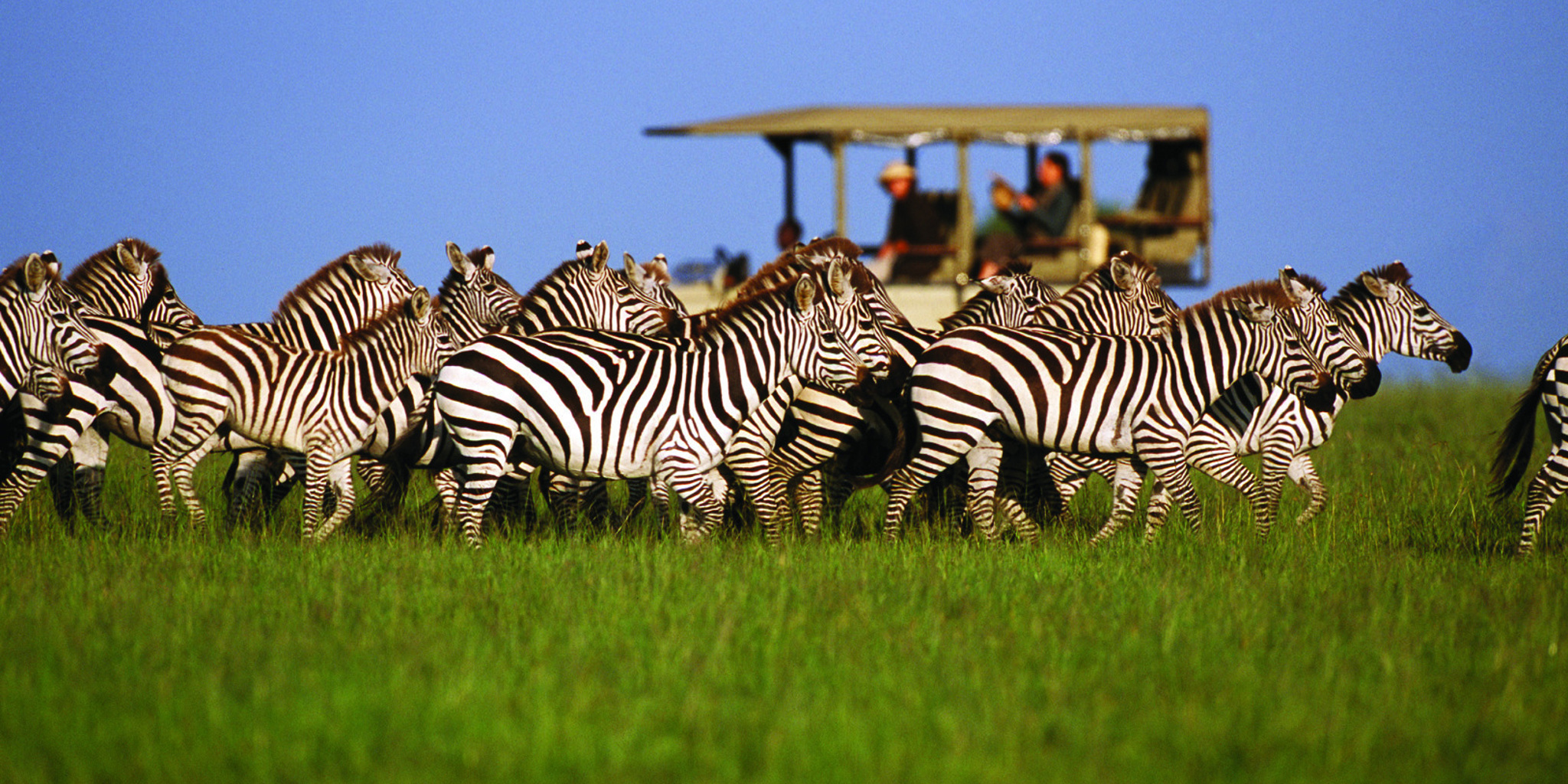Tanzania Serengeti Migration 2025-2026
Tanzania’s Serengeti Migration often referred to as the Great Wildebeest Migration is one of Earth’s most awe-inspiring wildlife spectacles.

Tanzania’s Serengeti Migration often referred to as the Great Wildebeest Migration is one of Earth’s most awe-inspiring wildlife spectacles.


Tanzania’s Serengeti Migration—often referred to as the Great Wildebeest Migration—is one of Earth’s most awe-inspiring wildlife spectacles. Every year, more than 1.5 to 2 million wildebeest, accompanied by hundreds of thousands of zebras and gazelles, traverse the Serengeti‑Mara ecosystem, moving in a clockwise loop across Serengeti National Park and into Kenya’s Masai Mara in pursuit of fresh grass and water
. This epic journey spans approximately 800 – 1,000 kilometers and includes dramatic Grumeti River crossings (April–June) and the iconic Mara River crossings (July–September), where the herds brave strong currents and crocodile-infested waters
. Along the way, they face predators like lions, cheetahs, hyenas, and vultures, creating unforgettable predator‑prey drama for visitors and photographers alike
. Next comes the mating (rut) season in late June, followed by the migration through the Western Corridor and Mbalageti and Grumeti rivers, and into the northern Serengeti and Masai Mara in July–September. By October to December, the wildebeest begin their return south to the Serengeti to complete the cycle, feeding on the new grasses of the short-rain season
. Throughout this cycle, the Serengeti ecosystem serves as a stage for vast, moving herds and crucial wildlife tourism, with safari operators timing visits around river crossings, calving, and predator interactions for the best viewing experiences
The Tanzania Serengeti Migration, also known as the Great Wildebeest Migration, is an awe‑inspiring annual wildlife journey across one of the planet’s most iconic ecosystems. Each year, over 1.5 million wildebeest, accompanied by hundreds of thousands of zebras and gazelles, move in a clockwise loop through the Serengeti National Park and into Kenya’s Maasai Mara in search of fresh grazing lands and water. This massive ecological event shapes the Serengeti ecosystem and draws visitors from around the world
The migration follows seasonal rainfall patterns in four distinct phases. Phase 1 (January–March) is the calving season on the southern Serengeti and Ndutu plains, when around 400,000 to 500,000 wildebeest calves are born in just a few weeks. Phase 2 (April–June) sees the herds move through the Western Corridor toward the Grumeti River, where dramatic crocodile–infested crossings occur. Phase 3 (July–September) includes the iconic Mara River crossings into the Maasai Mara. Finally, Phase 4 (October–December) marks the return south with the short rains
As the herds traverse rivers like the Grumeti and Mara, visitors witness intense predator‑prey interactions involving lions, hyenas, cheetahs, and crocodiles. Thousands of wildebeest challenge dangerous currents and lurking crocodiles in pulse‑pounding river crossings. Beyond that, the synchronization of calving draws predators, creating unforgettable scenes of survival and nature’s raw power
The Tanzania Serengeti Migration plays a vital ecological role, maintaining grassland health by grazing patterns and fertilization from droppings, and sustaining predator populations. As the region’s largest eco‑tourism draw, it fuels local economies, conservation funding, and community livelihoods. The migration also holds cultural importance for Maasai communities who coexist with and honor this natural cycle
At Jayva African Adventures, we specialize in exceptional Tanzania Serengeti Migration safaris. From luxury mobile camps that follow the herds to curated viewing strategies during river crossings, our tours provide unmatched access to key moments like calving season and predator‑prey drama. We also offer balloon safaris, walking safaris in select areas, and expert local guides to enhance your experience
To experience the spectacle at its best: